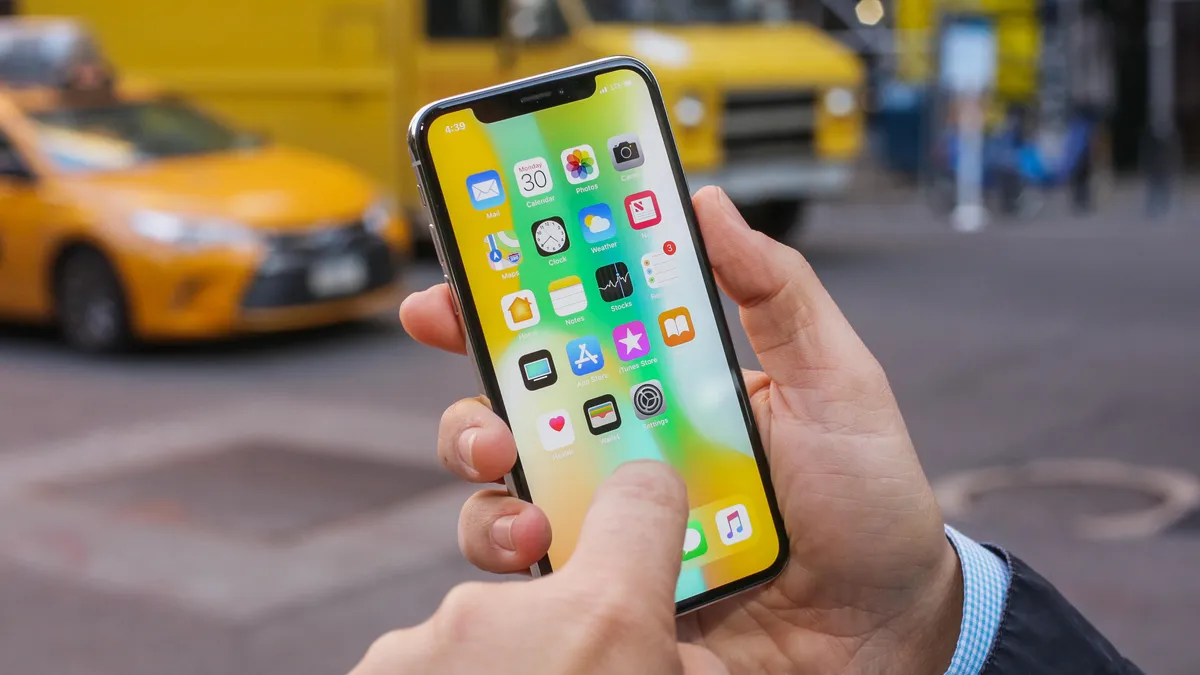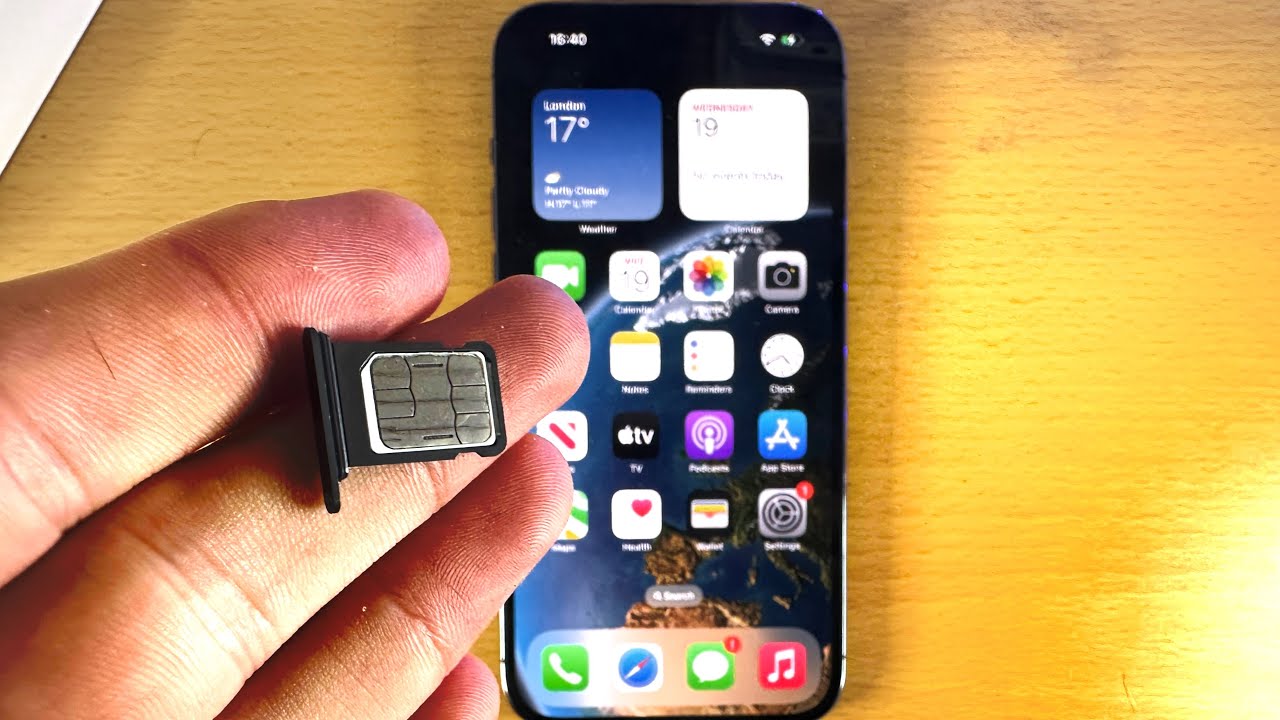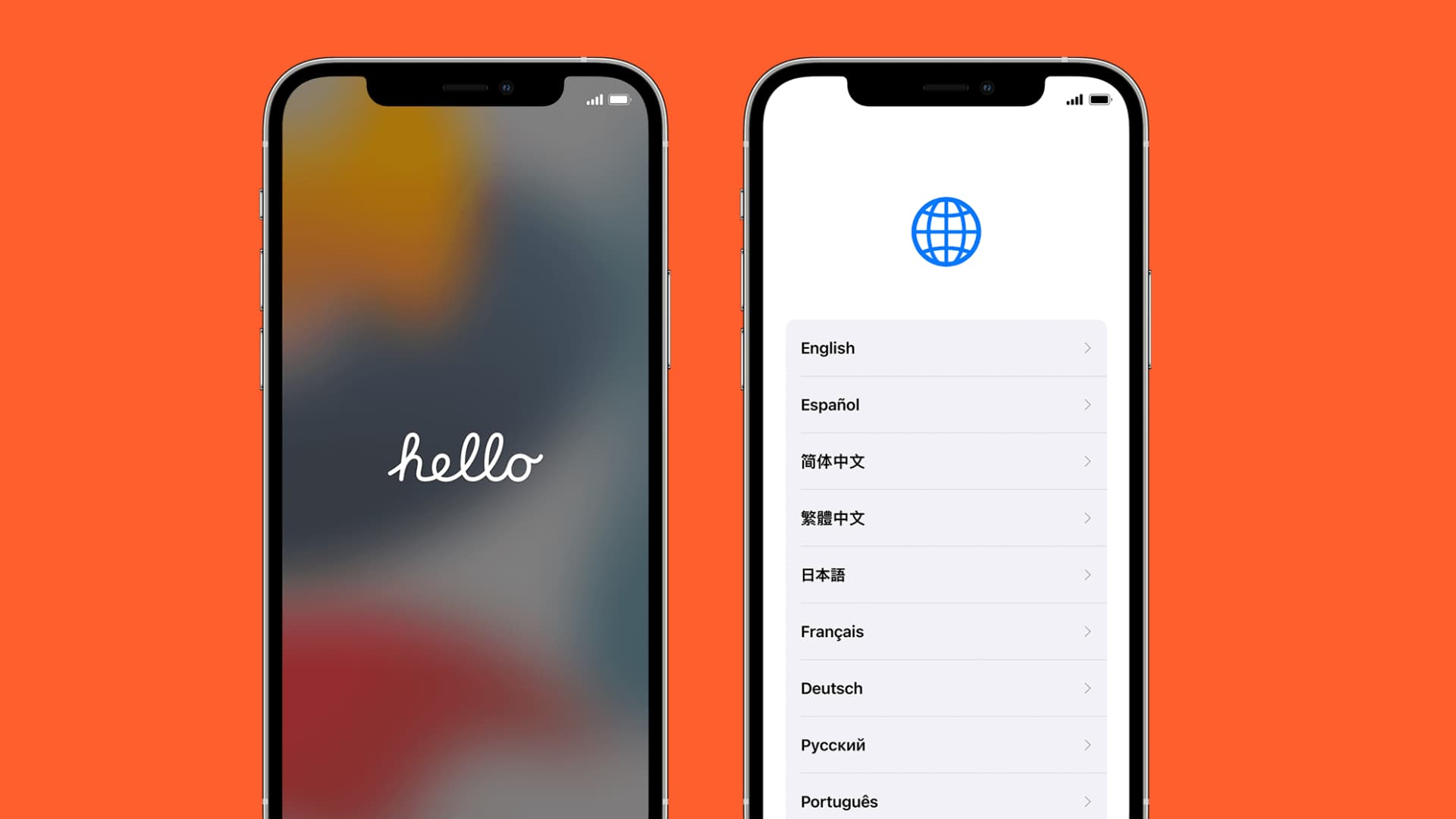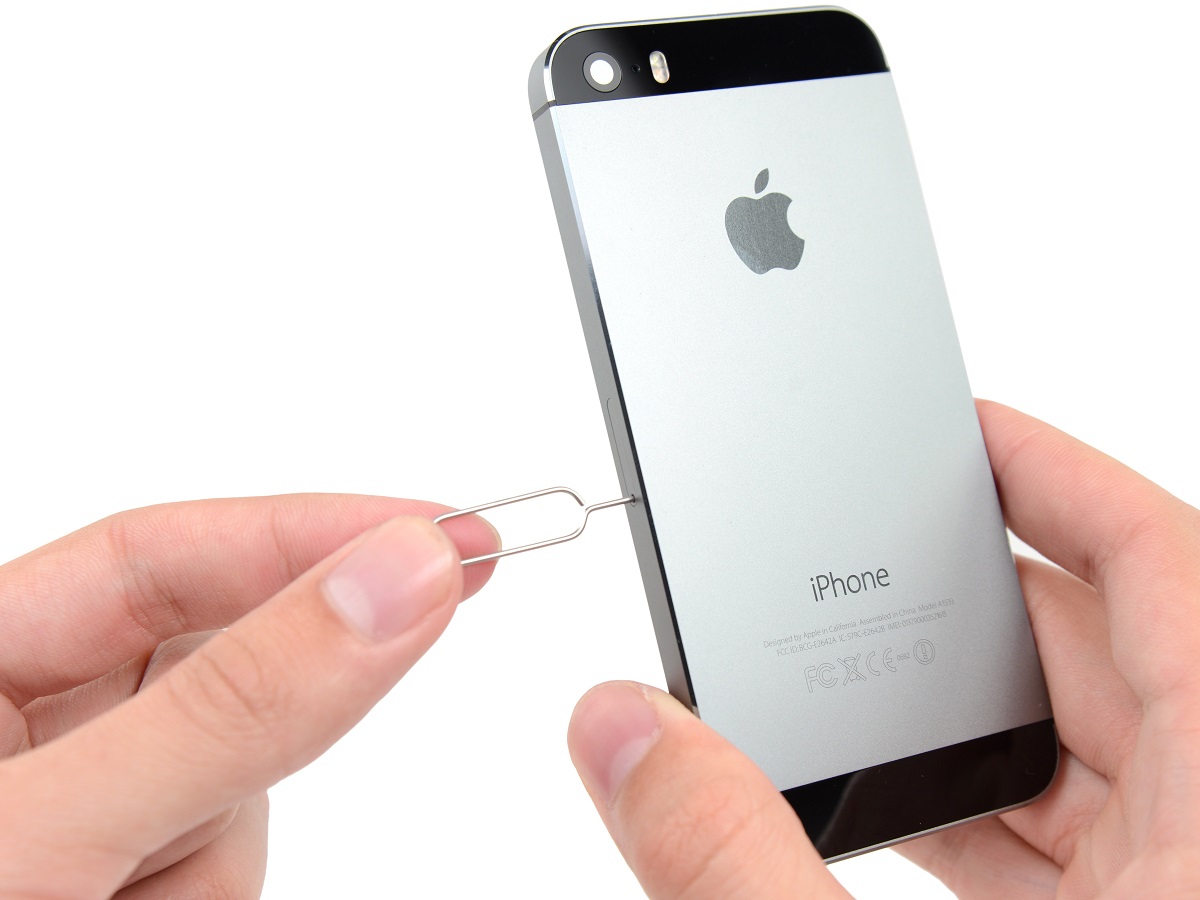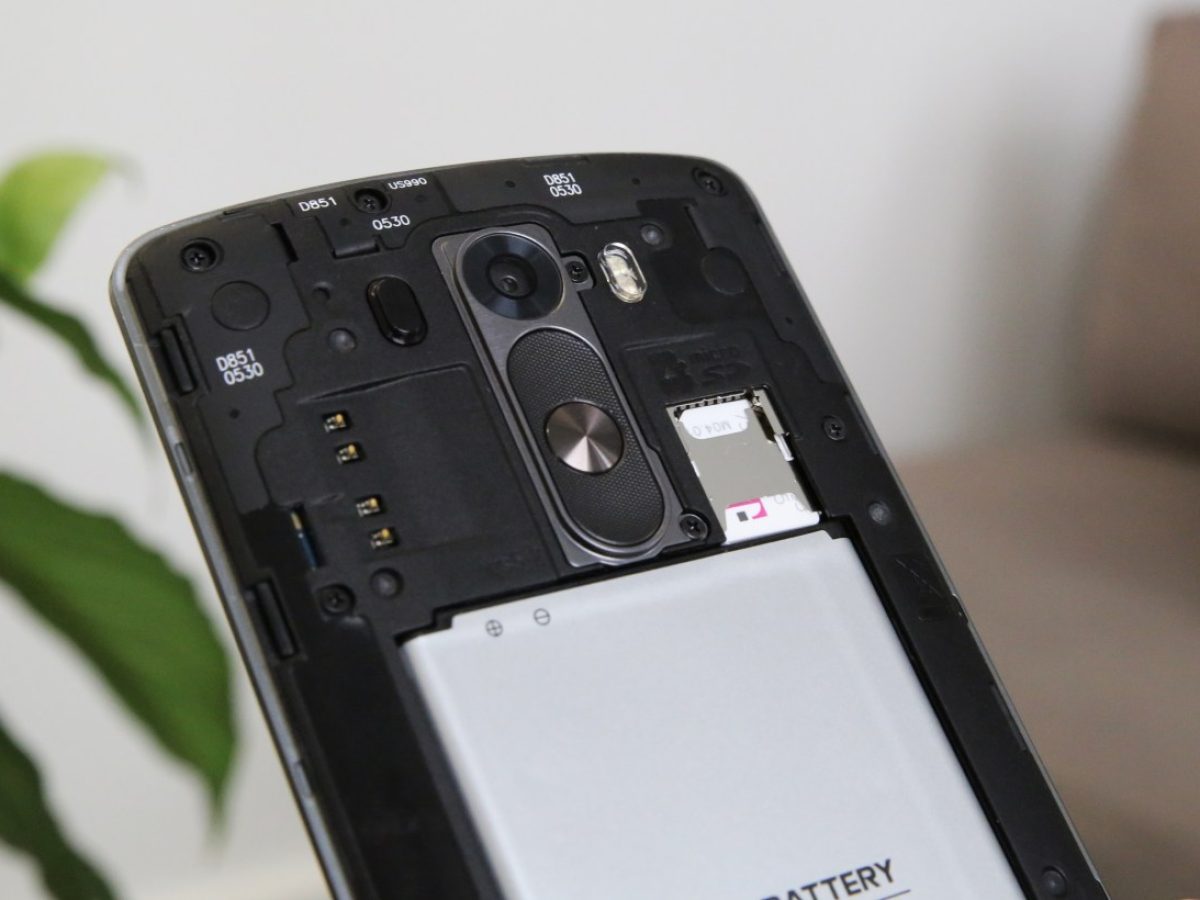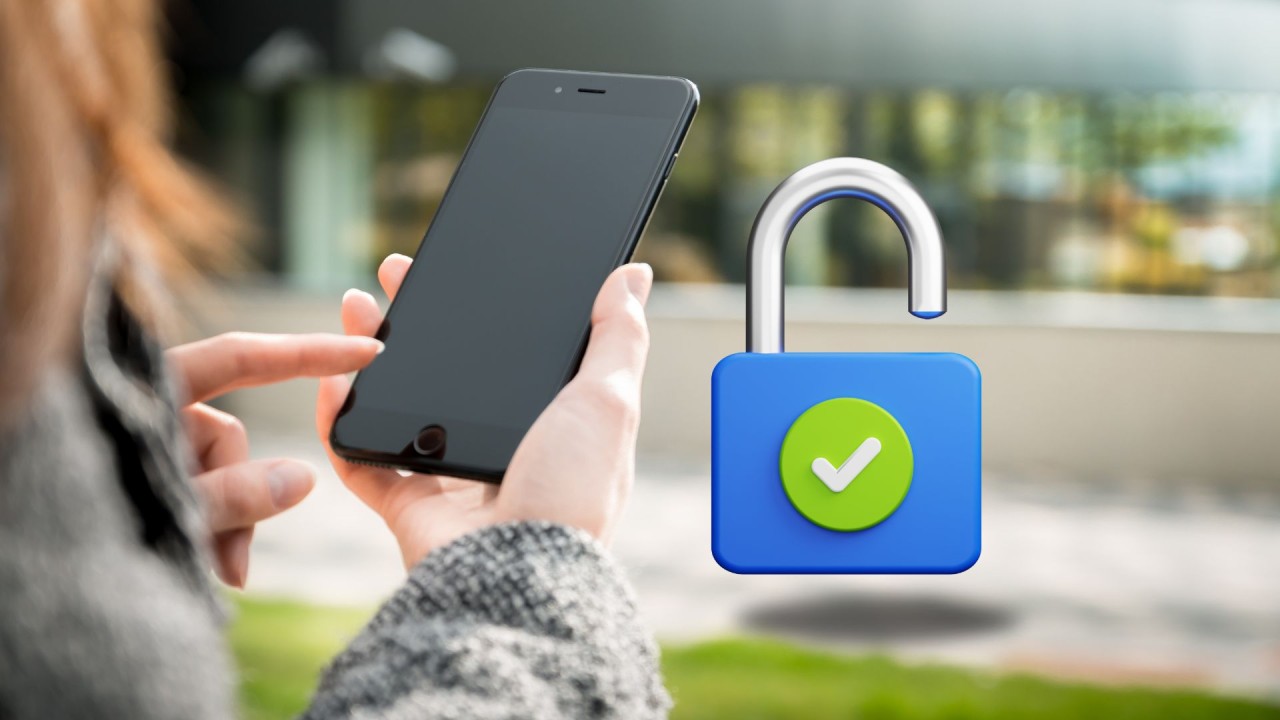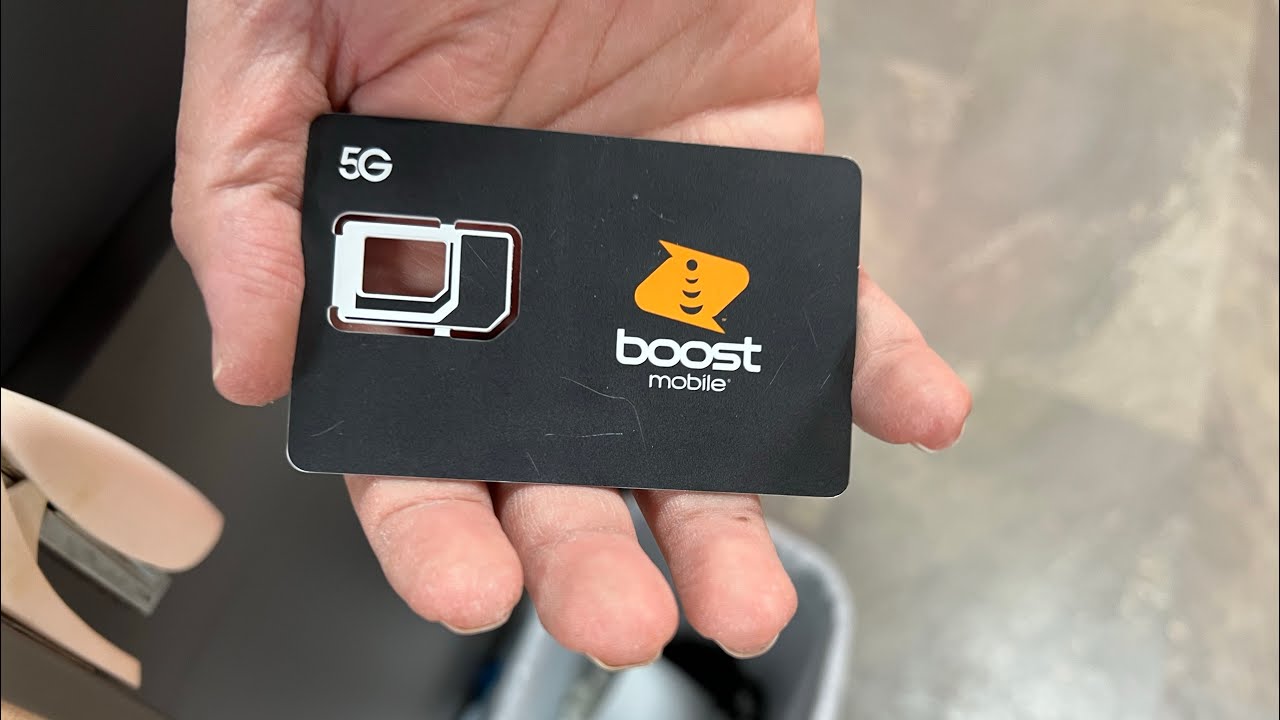Introduction
When you get a new phone, whether it's the latest model or a replacement for your trusty old device, there are a few essential steps to take to ensure that your new device is up and running. One of the critical components of this process is getting a new SIM card for your phone. The SIM card, short for Subscriber Identity Module, is a small but mighty chip that plays a crucial role in connecting your phone to your mobile network provider.
In this comprehensive guide, we will walk you through the necessary steps to get a new SIM card for your new phone. Whether you're a tech-savvy individual or a newcomer to the world of mobile devices, this guide will provide you with the essential information to make the transition to your new phone as seamless as possible. From understanding the basics of a SIM card to activating it and transferring your data, we've got you covered.
So, if you've just acquired a new phone and are wondering how to go about getting a new SIM card, you're in the right place. Let's dive into the process and ensure that you can start using your new phone with confidence and ease.
Step 1: Understanding the SIM Card
Before diving into the process of obtaining and installing a new SIM card, it's essential to understand the significance of this tiny yet powerful component. The SIM card serves as the link between your mobile device and your network provider, enabling you to make calls, send messages, and access mobile data. Here are the key points to grasp about the SIM card:
What Is a SIM Card?
The Subscriber Identity Module (SIM) card is a small, removable chip that is inserted into your mobile device. It contains unique identification information, such as your phone number, network authorization data, and personal contacts. This information is crucial for connecting your device to the mobile network and ensuring that you can make and receive calls and messages.
Types of SIM Cards
There are different types of SIM cards, each designed for specific devices and network technologies. The most common types include standard SIM cards, micro SIM cards, and nano SIM cards. The evolution of mobile technology has led to the development of smaller SIM card sizes, with the nano SIM being the most compact and widely used in modern smartphones.
Importance of the SIM Card
The SIM card is essentially the gateway to your mobile network. It not only authenticates your identity and authorizes your device to connect to the network but also stores essential data, such as your contacts and text messages. Without a functioning SIM card, your phone would be unable to access the mobile network, rendering it incapable of making calls or using mobile data.
Activation and Security
When you insert a new SIM card into your device, it needs to be activated by your network provider. This process involves linking the SIM card to your account and assigning your phone number to it. Additionally, SIM cards play a crucial role in ensuring the security of your mobile communications, as they are encrypted to protect your personal data and prevent unauthorized access.
Understanding the role and significance of the SIM card is fundamental to the process of acquiring and using a new phone. With this knowledge in hand, you're ready to proceed to the next step: purchasing a new SIM card for your device.
Step 2: Purchasing a New SIM Card
Purchasing a new SIM card is a straightforward yet crucial step in setting up your new phone. Whether you're switching to a different mobile network or replacing a lost or damaged SIM card, the process typically involves visiting a mobile network provider's store or authorized retailer. Here's a detailed look at the steps involved in purchasing a new SIM card:
-
Choose Your Mobile Network Provider: If you're switching to a new mobile network, research and select a provider that offers the coverage, plans, and services that best suit your needs. Consider factors such as network reliability, data packages, and customer support to make an informed decision.
-
Visit a Store or Authorized Retailer: Locate a physical store or authorized retailer of your chosen mobile network provider. These locations are equipped to assist customers with purchasing SIM cards, activating services, and addressing any inquiries related to mobile devices and plans.
-
Verify Compatibility: When visiting the store, ensure that the SIM card you purchase is compatible with your new phone. Different devices may require specific SIM card sizes, such as standard SIM, micro SIM, or nano SIM. If you're unsure about the compatibility, the store staff can provide guidance and assistance.
-
Provide Necessary Information: When acquiring a new SIM card, you may be required to provide personal identification and contact information. This is a standard procedure to verify your identity and activate the SIM card under your name. Be prepared to present a valid form of identification, such as a driver's license or passport.
-
Select a Plan: If you're obtaining a new SIM card as part of signing up for a mobile plan, take the time to review the available options. Consider factors such as data allowances, call and text packages, and any additional features offered by the provider. Select a plan that aligns with your communication needs and budget.
-
Complete the Purchase: Once you've chosen the appropriate SIM card and selected a plan, complete the purchase process by finalizing the required paperwork and payment. The store staff will provide you with the activated SIM card and guide you through the next steps, such as installing it in your new phone.
By following these steps, you can confidently purchase a new SIM card for your new phone, ensuring that you have the necessary connectivity to make the most of your mobile device. With the SIM card in hand, the next step is to install it in your new phone, which we'll cover in the following section.
Step 3: Installing the New SIM Card
Installing a new SIM card is a pivotal step in the process of setting up your new phone. This straightforward yet crucial task ensures that your device is ready to connect to the mobile network and access essential communication services. Here's a detailed guide on how to install the new SIM card in your phone:
-
Power Off Your Phone: Before handling the SIM card, power off your new phone. This precautionary step ensures that the device is safely turned off, minimizing the risk of any damage to the SIM card or the phone's SIM card slot.
-
Locate the SIM Card Slot: Depending on the make and model of your phone, the SIM card slot may be located on the side, top, or back of the device. Refer to your phone's user manual or manufacturer's guidelines to identify the precise location of the SIM card slot.
-
Eject the SIM Card Tray: In most modern smartphones, the SIM card slot is designed to accommodate a small tray that holds the SIM card. Use the provided SIM eject tool or a paperclip to gently press the SIM card tray's ejection mechanism. The tray will partially pop out, allowing you to remove it from the phone.
-
Insert the SIM Card: Carefully place the new SIM card into the designated area on the SIM card tray. Ensure that the gold contacts on the SIM card align with the corresponding contacts within the tray. The SIM card should fit securely without any forceful pressure.
-
Reinsert the SIM Card Tray: Once the SIM card is in place, carefully reinsert the SIM card tray back into the phone, aligning it with the slot. Apply gentle pressure to ensure that the tray is securely positioned within the phone.
-
Power On Your Phone: With the new SIM card successfully installed, power on your phone. The device will initiate the setup process and establish a connection with the mobile network using the newly inserted SIM card.
By following these steps, you can confidently install the new SIM card in your phone, setting the stage for the next crucial phase: activating the SIM card. With the SIM card securely in place, your new phone is one step closer to being fully operational, allowing you to harness its capabilities and stay connected with ease.
Step 4: Activating the New SIM Card
Activating a new SIM card is a pivotal step that enables it to function with your mobile device and connect to your chosen network. This process ensures that your phone number and account details are linked to the SIM card, allowing you to make calls, send messages, and access mobile data. Here's a detailed guide on how to activate the new SIM card for your phone:
-
Contact Your Network Provider: Upon installing the new SIM card in your phone, it's essential to contact your network provider to initiate the activation process. This can typically be done by calling the provider's customer service number or visiting their website to activate the SIM card online.
-
Provide Required Information: When activating the SIM card, you may need to provide essential information, such as the SIM card number, your phone's IMEI number, and personal details to verify your identity. Be prepared to follow the prompts and provide the necessary information to complete the activation process.
-
Follow Activation Instructions: Your network provider will guide you through the activation process, which may involve entering specific codes or confirming details related to your account. Pay close attention to the instructions provided and follow them carefully to ensure a successful activation.
-
Wait for Confirmation: After completing the activation steps, your network provider will process the activation request. This may take a few minutes, during which your phone may display a "No Service" or "Emergency Calls Only" message. Once the activation is complete, you will receive a confirmation message or notification on your phone.
-
Test Your Phone: Once you receive confirmation of the SIM card activation, test your phone to ensure that it can make calls, send messages, and access mobile data. Place a test call, send a text message, and try accessing the internet to verify that the SIM card is fully activated and functioning as intended.
-
Troubleshooting: In the rare event that the activation process encounters issues, contact your network provider's customer support for assistance. They can troubleshoot any activation-related issues and provide guidance to ensure that your SIM card is activated and operational.
By following these steps, you can confidently activate the new SIM card for your phone, ensuring that it is ready to connect to the mobile network and facilitate seamless communication. With the SIM card successfully activated, your new phone is primed for use, allowing you to stay connected and harness its capabilities to the fullest.
Step 5: Transferring Data to the New Phone
Transferring data to your new phone is a critical step in ensuring a seamless transition from your old device. This process involves migrating essential information, such as contacts, photos, videos, and apps, from your previous phone to the new one. By transferring data, you can retain important personal and professional content, ensuring that you can pick up where you left off with your new device. Here's a detailed guide on how to transfer data to your new phone:
Backup Your Old Phone
Before initiating the data transfer process, it's crucial to create a comprehensive backup of your old phone's data. Most smartphones offer built-in backup features that allow you to securely store your contacts, photos, videos, and app data in the cloud or on a computer. By backing up your old phone, you can safeguard your information and prepare it for transfer to the new device.
Utilize Cloud Services
Cloud services, such as Google Drive, iCloud, and OneDrive, offer seamless data transfer capabilities. If you've backed up your old phone's data to a cloud service, you can easily access and download it onto your new phone. This method is particularly convenient for transferring contacts, photos, videos, and documents, as they can be seamlessly synchronized across devices.
Transfer Contacts and Media
Most smartphones provide options for transferring contacts and media directly from one device to another. Utilizing features like "Transfer Data" or "Smart Switch" allows you to wirelessly transfer your contacts, photos, and videos from your old phone to the new one. Additionally, using a SIM card to transfer contacts is a viable option, particularly if your contacts are stored on the SIM card or the phone's internal storage.
App Migration
When transitioning to a new phone, re-downloading and setting up your apps can be a time-consuming process. However, many app developers offer account-based services that enable you to restore your app data and settings on the new device. By logging into your app accounts, you can seamlessly migrate your app preferences, saved data, and in-app purchases to the new phone.
Verify Data Integrity
After transferring your data to the new phone, it's essential to verify its integrity and completeness. Check your contacts, photos, videos, and apps to ensure that everything has been successfully migrated. Additionally, test the functionality of your apps and ensure that your contacts and media are readily accessible on the new device.
By following these steps, you can effectively transfer data to your new phone, ensuring that your essential information seamlessly transitions to the new device. With your contacts, media, and apps successfully migrated, your new phone will feel familiar and fully equipped to meet your communication and productivity needs.
Conclusion
Congratulations! You've successfully navigated the process of obtaining a new SIM card for your new phone. By understanding the significance of the SIM card, purchasing a compatible card, installing it in your device, activating it, and transferring your data, you've laid a solid foundation for enjoying your new phone to the fullest.
The SIM card, often overlooked in its significance, serves as the linchpin connecting your phone to the mobile network. Its role in authenticating your identity, authorizing network access, and storing essential data cannot be overstated. By grasping the importance of the SIM card, you've gained a deeper understanding of the vital role it plays in your phone's functionality.
Purchasing the right SIM card from your chosen mobile network provider was a pivotal step. By considering compatibility, selecting a suitable plan, and completing the purchase, you've ensured that your new phone is equipped with the connectivity it needs to keep you connected and productive.
Installing the new SIM card in your phone marked a tangible step toward making your device fully operational. By carefully following the installation process, you've guaranteed that the SIM card is securely in place, ready to facilitate seamless communication and data access.
Activating the new SIM card cemented its functionality, linking it to your phone and network account. By providing the necessary information and following the activation instructions, you've ensured that your phone is ready to make calls, send messages, and access mobile data without any hiccups.
Transferring your data to the new phone was the final touch in making the transition complete. By backing up your old phone, utilizing cloud services, and seamlessly migrating your contacts, media, and apps, you've preserved your essential information and seamlessly integrated it into your new device.
In conclusion, by following this comprehensive guide, you've not only obtained a new SIM card for your new phone but also gained valuable insights into the significance of this tiny yet powerful component. With your new phone equipped with a functioning SIM card and your essential data seamlessly transferred, you're now poised to embark on a seamless and rewarding mobile experience. Here's to embracing the capabilities of your new phone and staying connected with ease!










